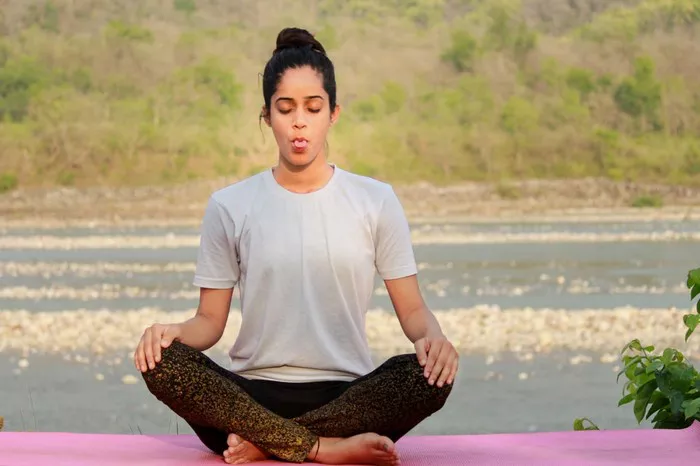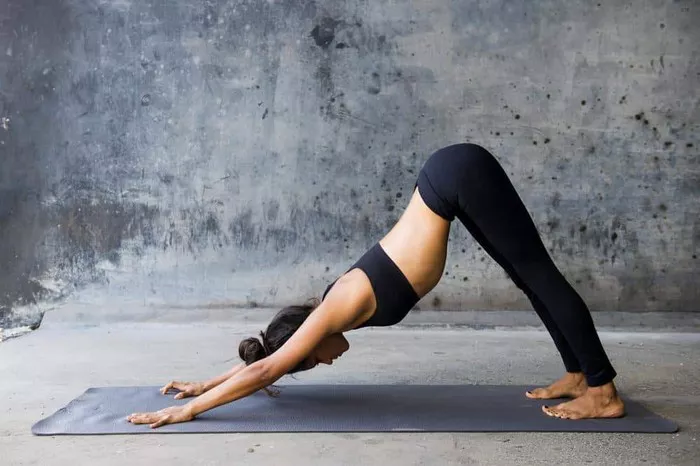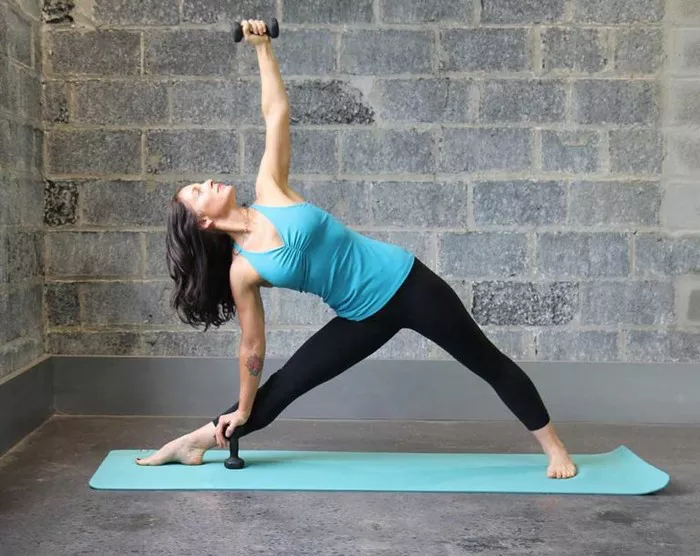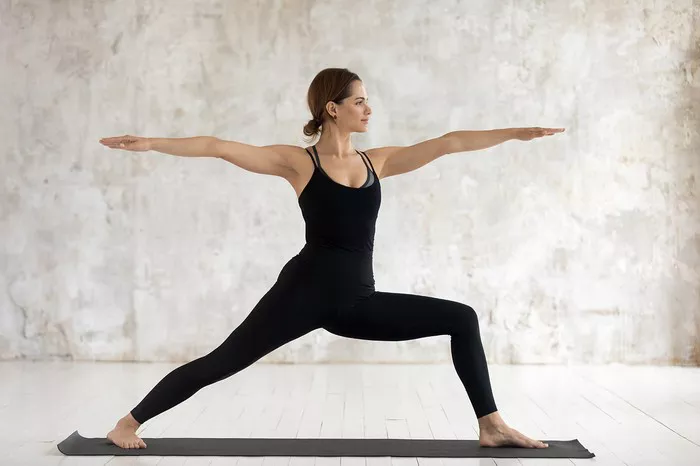Yoga, an ancient practice originating from India, encompasses a holistic approach to health and well-being. At the heart of yoga lies pranayama, the art of mindful breathing. Pranayama techniques, when practiced with precision and dedication, facilitate the regulation of breath, leading to a harmonious balance between body, mind, and spirit. In this article, we delve into the various types of yoga pranayama, offering precise insights into each technique’s methodology and benefits.
1. Dirga Pranayama (Three-Part Breath)
Dirga pranayama, also known as the three-part breath, is a fundamental technique that focuses on deep breathing and expansion of the lungs. To practice Dirga pranayama:
- Sit comfortably in a cross-legged position, ensuring an erect spine.
- Inhale deeply through the nostrils, allowing the breath to fill the lower abdomen first, then the chest, and finally the upper lungs.
- Exhale slowly and completely, releasing the breath in the reverse order, starting from the upper lungs, then the chest, and finally the lower abdomen.
- Repeat this cycle for several rounds, focusing on the smooth and steady flow of breath.
Dirga pranayama promotes relaxation, reduces stress, and enhances lung capacity, making it an ideal technique for beginners and experienced practitioners alike.
2. Ujjayi Pranayama (Victorious Breath)
Ujjayi pranayama, often referred to as the victorious breath due to its victorious sound, involves slight constriction of the throat during both inhalation and exhalation. To practice Ujjayi pranayama:
- Sit or lie down comfortably, maintaining an upright posture.
- Inhale deeply through the nostrils while slightly contracting the throat, creating a gentle hissing or oceanic sound.
- Exhale slowly through the nose with the same constriction of the throat, producing the characteristic sound.
- Continue this rhythmic breathing pattern, focusing on the sound and sensation of the breath.
Ujjayi pranayama enhances concentration, calms the mind, and generates inner heat, making it particularly beneficial for hatha and vinyasa yoga practitioners.
3. Nadi Shodhana Pranayama (Alternate Nostril Breathing)
Nadi shodhana pranayama, also known as alternate nostril breathing, aims to balance the flow of energy in the body by purifying the nadis, or energy channels. To practice Nadi shodhana pranayama:
- Sit in a comfortable position with an erect spine, placing the left hand on the left knee in chin mudra (thumb and index finger lightly touching) and the right hand in Vishnu mudra (using the thumb to close the right nostril and the ring finger to close the left nostril).
- Close the right nostril with the right thumb and inhale deeply through the left nostril.
- Close the left nostril with the ring finger, releasing the right nostril, and exhale completely.
- Inhale deeply through the right nostril, then close it with the right thumb, releasing the left nostril, and exhale completely.
- Continue this alternating pattern for several rounds, maintaining a slow and steady breath.
Nadi shodhana pranayama harmonizes the left and right hemispheres of the brain, reduces anxiety, and promotes mental clarity, making it an excellent practice for balancing energies and achieving a sense of inner equilibrium.
4. Kapalabhati Pranayama (Skull Shining Breath)
Kapalabhati pranayama, often referred to as skull shining breath, involves rapid and forceful exhalations followed by passive inhalations. To practice Kapalabhati pranayama:
- Sit comfortably with a straight spine, placing the hands on the knees in chin mudra.
- Take a deep inhalation through the nostrils to fill the lungs.
- Exhale forcefully and rapidly by contracting the abdominal muscles, allowing the inhalation to occur passively without effort.
- Continue this vigorous exhalation-inhalation cycle at a moderate pace, maintaining a steady rhythm.
Kapalabhati pranayama purifies the respiratory system, increases oxygen supply to the brain, and invigorates the body and mind, making it an energizing practice suitable for morning routines or as a prelude to meditation.
5. Bhramari Pranayama (Bee Breath)
Bhramari pranayama, also known as bee breath, involves the production of a humming sound resembling the buzzing of a bee during exhalation. To practice Bhramari pranayama:
- Sit comfortably with an upright spine, placing the hands on the knees in chin mudra.
- Inhale deeply through the nostrils, filling the lungs with air.
- Exhale slowly and steadily while making a gentle humming sound, allowing the vibration to resonate in the throat and head.
- Repeat this process for several rounds, focusing on the soothing sensation of the humming sound.
Bhramari pranayama induces a sense of calmness, relieves tension, and soothes the nerves, making it an effective technique for alleviating stress, anxiety, and insomnia.
6. Sitali Pranayama (Cooling Breath)
Sitali pranayama, also known as cooling breath, involves inhalation through a rolled tongue or pursed lips, creating a cooling sensation within the body. To practice Sitali pranayama:
- Sit comfortably with an erect spine, placing the hands on the knees in chin mudra.
- Roll the tongue into a tube shape (if possible) or purse the lips, creating a small opening.
- Inhale slowly and deeply through the rolled tongue or pursed lips, allowing the breath to cool the mouth and throat.
- Exhale slowly through the nostrils, maintaining a relaxed and steady breath.
- Repeat this cooling breath cycle for several rounds, focusing on the sensation of coolness entering the body.
Sitali pranayama reduces body heat, balances Pitta dosha, and calms fiery emotions, making it particularly beneficial during hot weather or moments of agitation.
Conclusion
Yoga pranayama offers a vast array of techniques to cultivate mindfulness, regulate breath, and attain inner balance. Each type of pranayama holds its unique benefits and significance, catering to the diverse needs and preferences of practitioners. By incorporating these precise and effective techniques into our daily practice, we can harness the transformative power of breath to nurture physical, mental, and spiritual well-being. Let us embrace the journey of self-discovery and inner harmony through the art of mindful breathing.

















